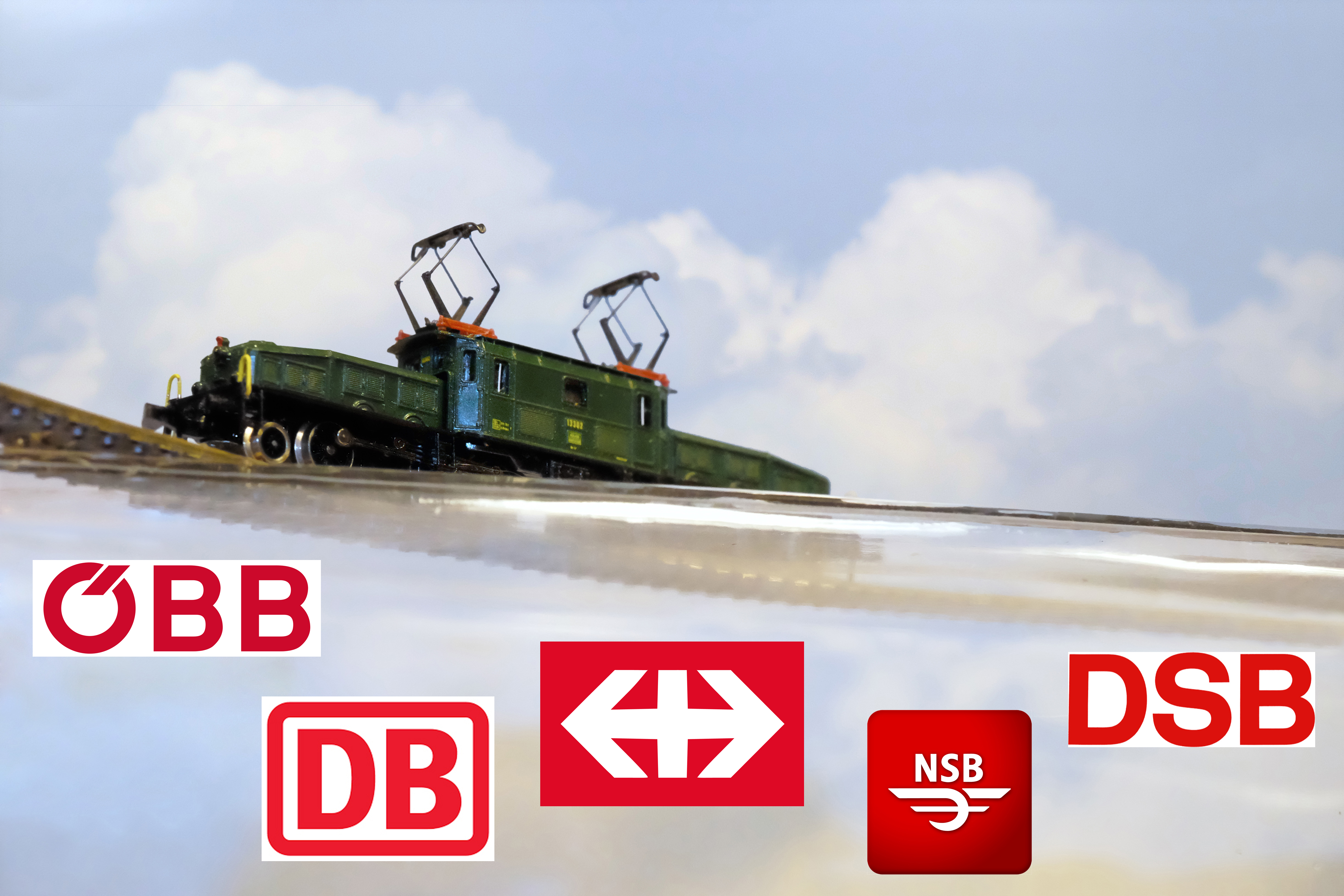Marklin’s 5 pole motor upgrade for 8812, 8822, 88221, and 8824 uses Marklin Part #E211906. The original motor for these listed locos was 3 pole with part number 268200, the original 3 pole was a good motor for this loco design which featured cast metal frame and end units thus making for a well balanced and heavy locomotive. Improvements with the upgrade include finer slow running performance and quieter operation.

This upgrade will be performed on 8824 which is the BR 194 lettered for the DB with turquoise and cream paint scheme. 8824 was produced for 5 years starting in 1989. If your loco was stored for many years without running it may need a full restoration in addition to the motor upgrade. If nothing moves, the motor does not run, and just the lights work it could have “hardened oil syndrome.” Restoration of locos with hardened oil require complete breakdown and cleaning.
*******DO NOT INSTALL NEW 5 POLE MOTOR IN LOCO THAT DOES HAVE FREELY MOVING GEARS, MOTOR COULD BE DAMAGED BEYOND REPAIR IF POWER IS APPLIED AND THE MOTOR MEETS RESISTANCE FROM NON MOVING GEARS.*****************
Motor upgrade for this loco will require a little patience and time, but generally speaking it is a fairly easy repair. To start: 1. pull off middle cast plastic shell with very thin plastic guitar picks.

2. Note: circuit board does not have a retaining screw as other mini-club locos have, it is held in place with 4 clips. Carefully release the circuit board from clips with gentle pressure using a small screwdriver.

3. Wires soldered to either end of circuit board should be carefully pulled from center between pick-ups to outside of pick-ups. Solder points maybe brittle due to age, there is the possibility at this point that one may break necessitating soldering.
4. With circuit board gently pulled to one side unscrew clips holding motor to chassis.

5. Note: original motor and new 5 pole motor are basically the same with differences including heavier gauge wire for capacitor and different coating on capacitor. I have made this upgrade a few times already, and I have noticed manufacturing differences with this motor including a larger coating on the capacitor plus varying length of wire for the capacitor. The nature of the capacitor with this motor can create a few challenges for the repairman. It is required that the capacitor is bent low enough to not impede placement of the circuit board, and the new motor with heavier gauge wire is more difficult to bend than its forebear. Plus manufacturing differences with capacitor coating may add another layer of difficulty. In this example the capacitor is of normal size, but one I recently installed in the 8812 was large which made for a challenging placement of it just above the worm gear while still being low enough under circuit board.
 Note: black housing in the new motor.
Note: black housing in the new motor.
 Note: original motor’s capacitor wires are bent with a slight curl near motor with capacitor nearly touching worm gear.
Note: original motor’s capacitor wires are bent with a slight curl near motor with capacitor nearly touching worm gear.
6. Next: add one drop of oil on each worm drive before installing clips. Circuit board and wires should return to their original position with great care to avoid bending pick-ups. Circuit board clips back into place and then shell goes back on with catenary screw peaking out of hole in shell.


Siding: a brief break-in period for the motor is recommended before installation at low, medium and high throttle for a couple minutes both directions.























